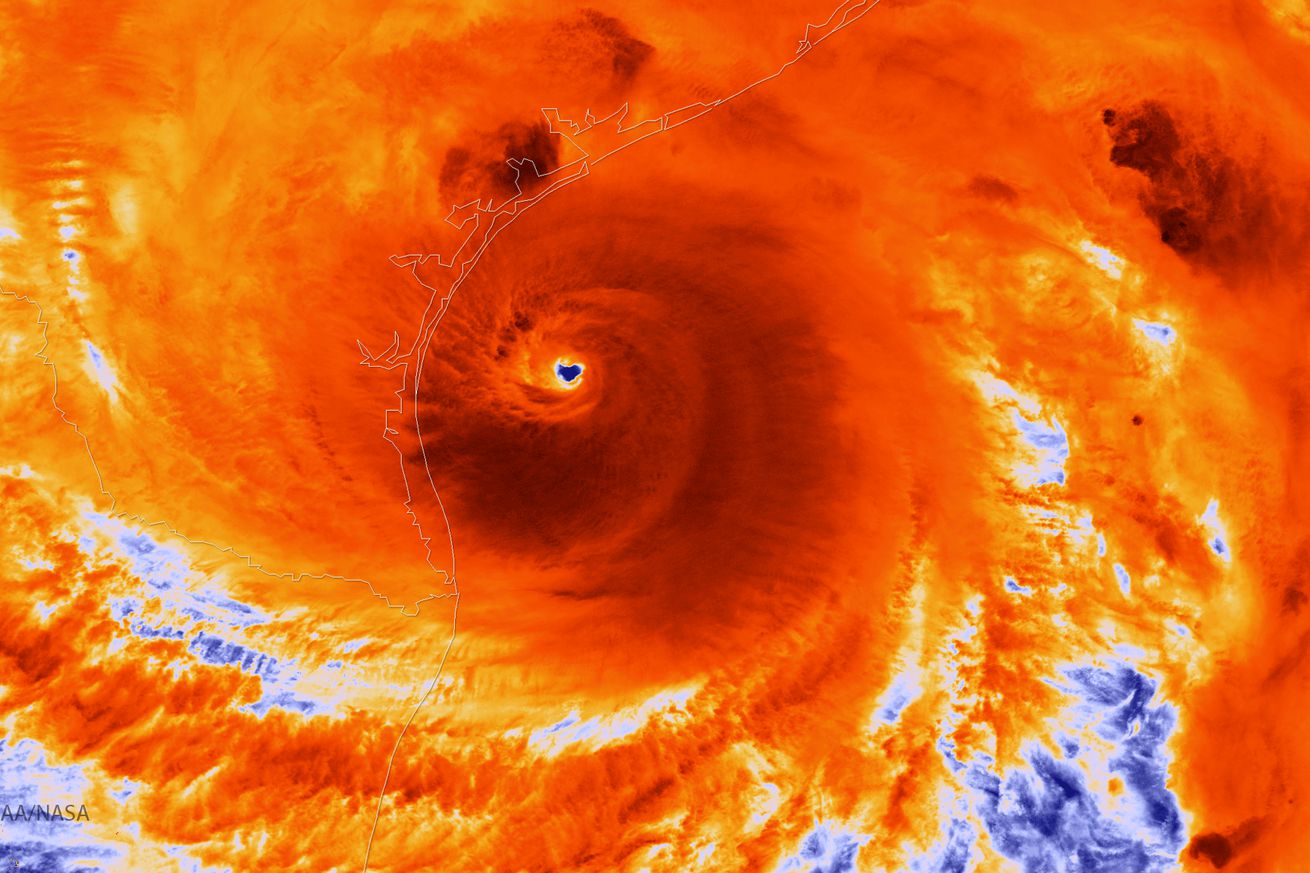
Warm water feeds hurricanes, which form when a weather disturbance, like a small storm, sucks the moist, warm air over the ocean’s surface into the lower atmosphere. When that moisture-laden air reaches cooler temperatures higher up in the atmosphere, the water condenses to form clouds — which spin and grow, fueled by more warm ocean water as it evaporates.
NEW: NOAA's #GOES16 shows a "sandwich loop" -- a combination of visible and infrared imagery -- of #HurricaneHarvey today, August 25, 2017. pic.twitter.com/o4EBfF69xZ— NOAA...
No comments:
Post a Comment